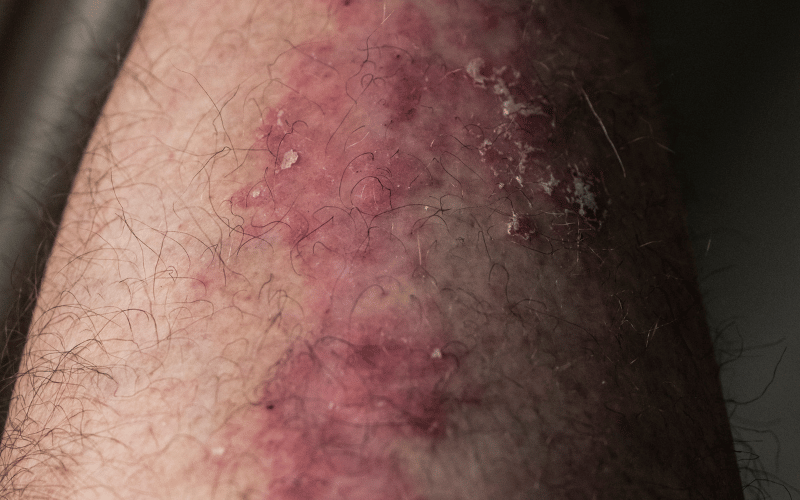2. Identifying Diabetic Dermopathy Through Its Distinct Characteristics

Diabetic dermopathy presents unique characteristics that distinguish it from other skin conditions. The lesions typically manifest as small, round, or oval patches with a diameter ranging from 1-2 cm. They exhibit a reddish-brown coloration and may appear slightly scaly with a shiny surface. It’s important to note that these lesions are usually asymptomatic, meaning they do not cause pain or discomfort.
The lesions tend to appear bilaterally, meaning on both legs, and are most commonly located on the shins. However, they can occasionally appear on the thighs, forearms, or other areas of the body. The bilateral nature of the lesions is a key characteristic that aids healthcare professionals in diagnosing the condition.
Over time, the lesions may change in appearance. They can become less pigmented, leading to a more faded or scar-like appearance. This change is typically a slow process, occurring over several months or even years. It’s also worth noting that while the lesions themselves do not cause discomfort, they can be a source of cosmetic concern for the affected individual.
The lack of symptoms such as itching or pain differentiates diabetic dermopathy from other skin conditions that may appear similar. This characteristic is vital for healthcare professionals when conducting a diagnosis, helping to rule out other potential causes of the skin lesions. (2)